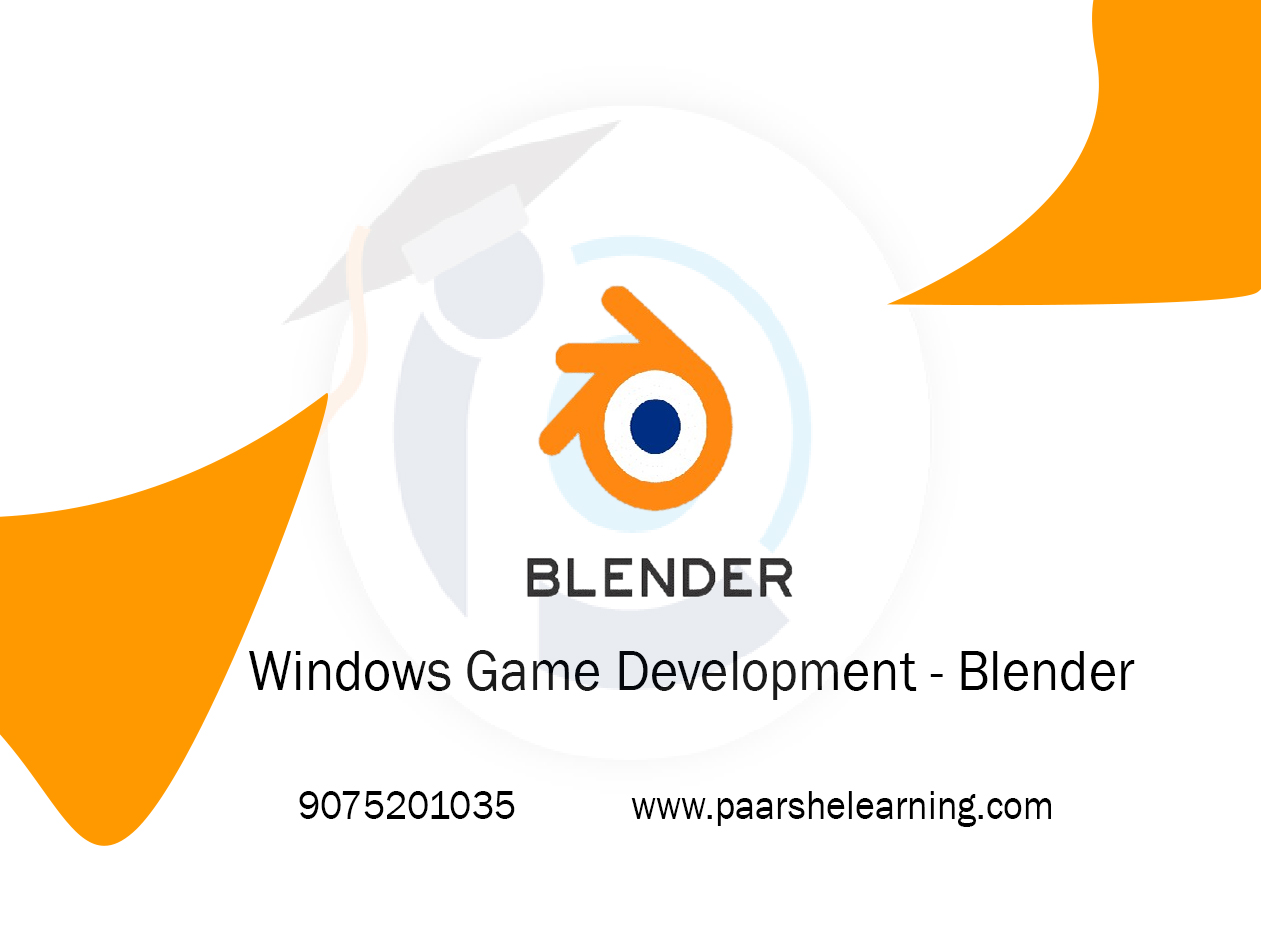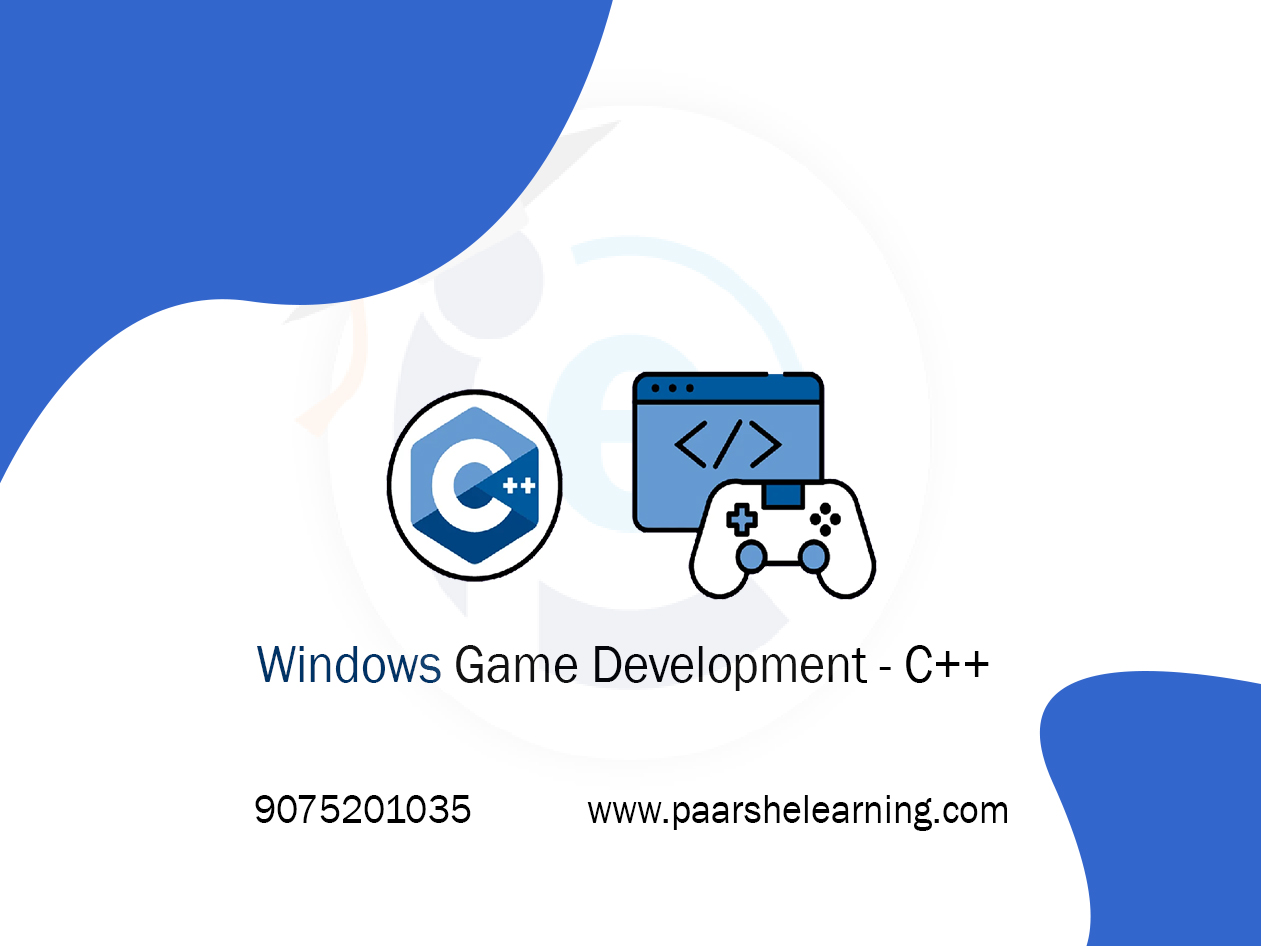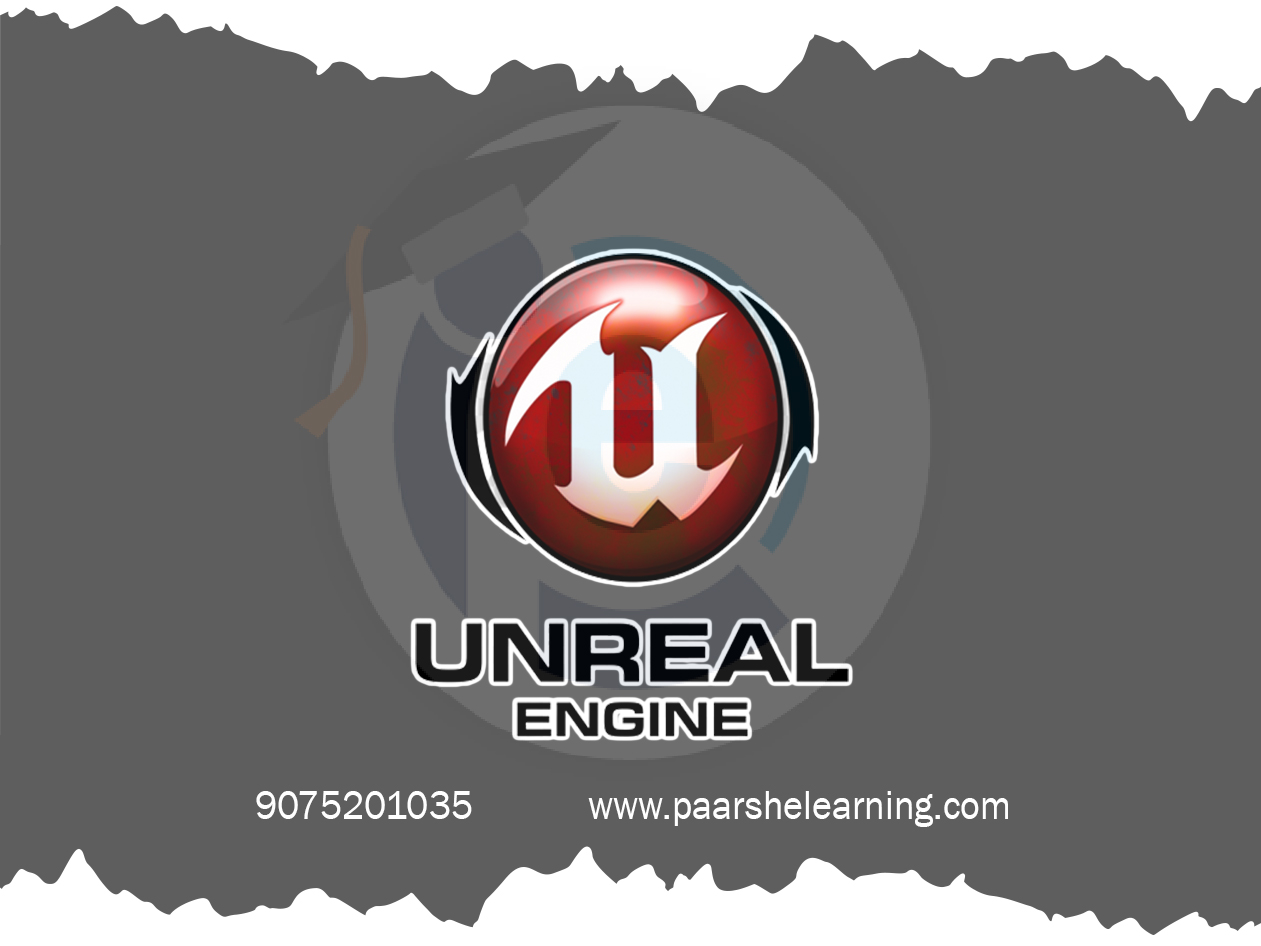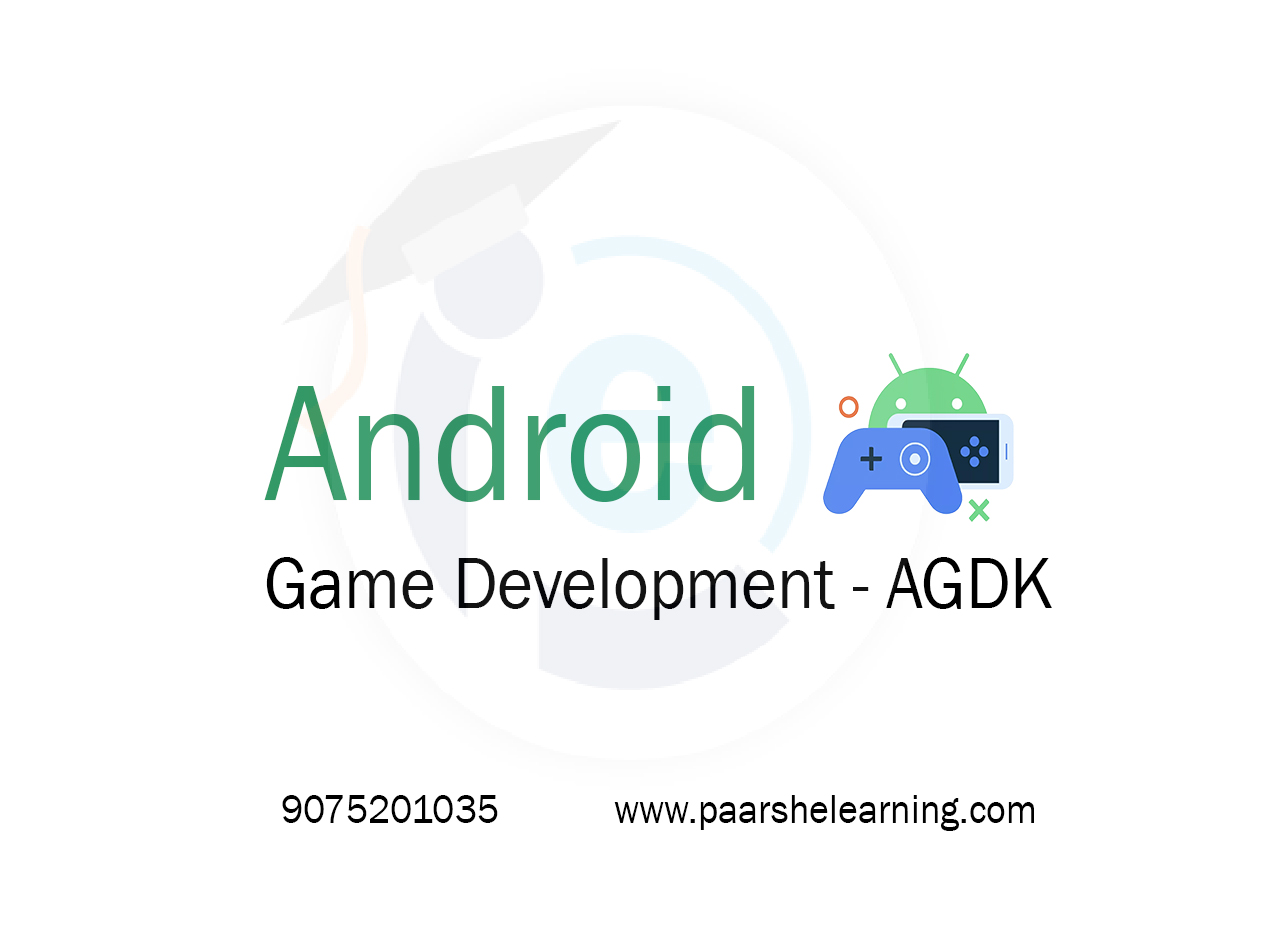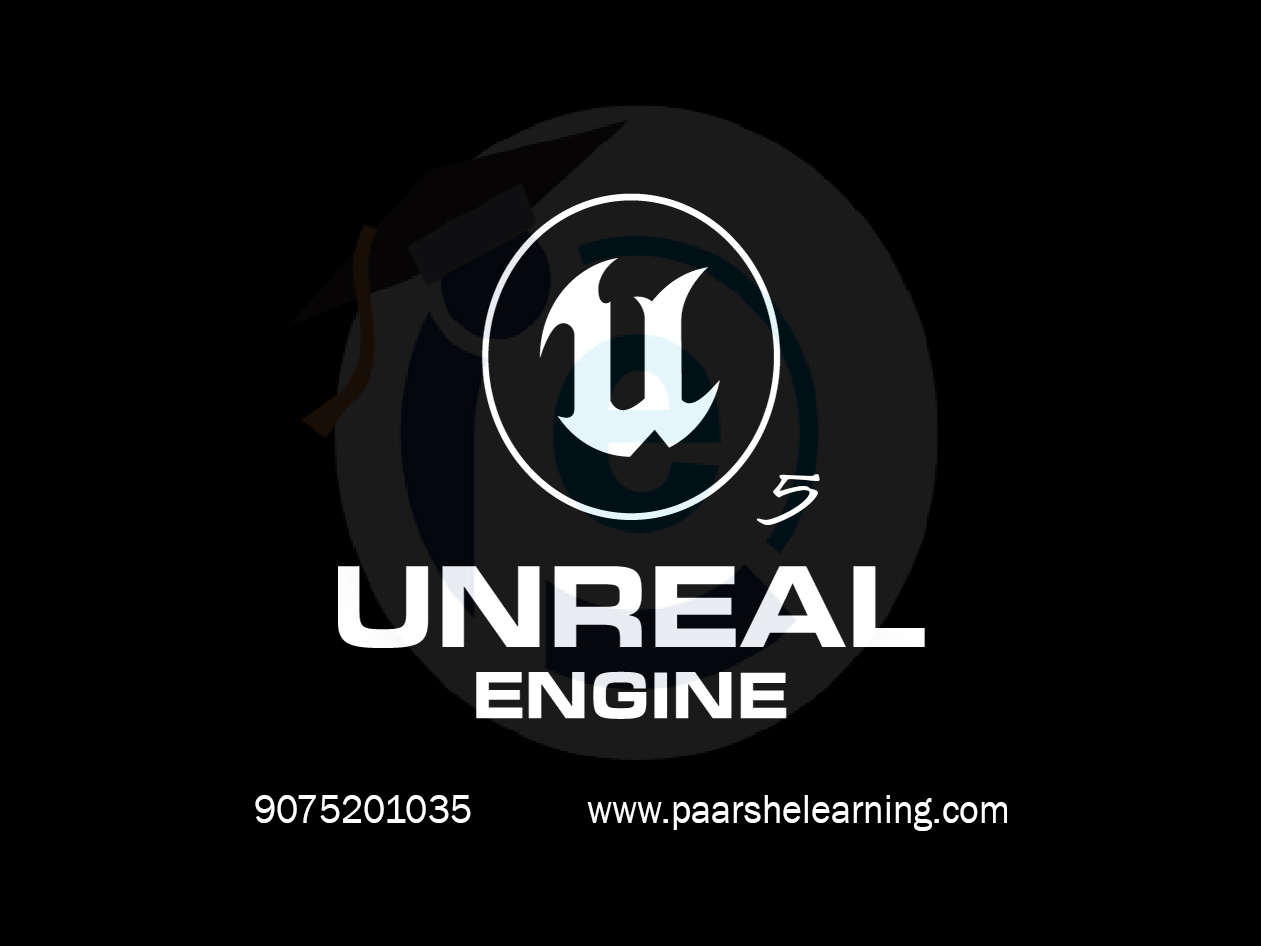- Blender Basics: You'll learn the basics of Blender 3D, including its user interface, navigation, and tools.
- Game Assets Creation: You'll learn how to create 3D models, textures, materials, and animations for use in game development.
- Game Engines: You'll learn how to use game engines like Unity and Unreal Engine to create and publish your games.
- Game Development Pipeline: You'll learn the complete game development pipeline, including pre-production, production, and post-production phases.
- Scripting and Programming: You'll learn how to use Python scripting and programming to add interactivity, AI, and other features to your games.
- Game Mechanics and Design: You'll learn how to design game mechanics, levels, and gameplay elements that create engaging and fun experiences for players.
- Publishing and Distribution: You'll learn how to publish and distribute your games across multiple platforms, including PC, mobile, and consoles.
- Overall, this course provides a comprehensive introduction to 3D game development using Blender, covering all the essential skills and tools needed to create professional-quality games.
Windows Game Development - Blender
Course description
Blender is primarily known as a 3D modeling and animation software, but it can also be used for game development. If you're interested in Windows game development using Blender, here are some prerequisites that can be beneficial:
-
Basic 3D Modeling and Animation: Familiarize yourself with the basics of 3D modeling and animation concepts. Understand how to create and manipulate 3D objects, apply textures and materials, and animate objects using keyframes and timelines. This knowledge will help you create assets for your games in Blender.
-
Blender Interface and Workflow: Learn how to navigate the Blender interface and understand its various tools and functionalities. Familiarize yourself with the workflow for creating and editing 3D models, setting up scenes, and working with animations. Gain proficiency in using the different editors and panels within Blender.
-
Game Development Concepts: Acquire knowledge of game development principles and concepts. Understand game loops, game states, input handling, collision detection, physics simulations, and other fundamental aspects of game development. Familiarize yourself with game design patterns and best practices for creating interactive and engaging gameplay experiences.
-
Basic Programming Knowledge: While not mandatory, having a basic understanding of programming concepts can be helpful for scripting and extending the functionality of your games in Blender. Consider learning a programming language like Python, as it is widely used in Blender scripting.
-
Physics Simulations: Explore Blender's physics simulation capabilities. Learn how to simulate realistic physics-based interactions such as rigid body dynamics, cloth simulation, and particle systems. Understanding physics simulations will allow you to create more immersive and interactive games.
-
Game Asset Creation: Gain proficiency in creating game assets such as 3D models, textures, materials, and animations in Blender. Understand the process of UV unwrapping, texture painting, and optimizing assets for real-time rendering in games. Learn how to export assets in game-friendly formats.
-
Game Engine Integration: Understand how to integrate your Blender-created assets into a game engine. Explore the process of exporting models, animations, and textures from Blender and importing them into a game engine like Unity or Unreal Engine. Learn about asset optimization and the workflows involved in bringing your Blender assets into a game development environment.
-
Windows Platform Knowledge: Gain familiarity with the Windows operating system and its application development environment. Understand Windows-specific features and integrations, such as input handling, window management, and multimedia. Learn how to deploy and test your games on Windows platforms.
What you will learn from this course?
This course includes!
- Daily Live session
- A recorded session with problem-solving material
- Access on Mobile and TV
- Certificate of completion
- Recommendation Letter
- 100% Job Placement
- Free lifetime access
Prerequisites for this course
- To take the 3D Game Development course using Blender, you should have some basic knowledge of 3D modeling and animation concepts. Familiarity with Blender software is also recommended but not required, as the course covers the fundamentals of using Blender for game development. Basic programming knowledge is also beneficial.
- Please download and install a recent version of Blender (2.76 or greater.) You can use any desktop operating system. Blender is completely free software.
- You may also want an image editor like Gimp (free) or Photoshop (definitely not free.)
Windows Game Development - Blender Syllabus
-
Introduction To Windows Game Development With Blender
Overview of game development process Introduction to Blender's interface and features Setting up the development environment Creating a basic 3D scene in Blender
-
Game Design And Basics
Introduction to game design principles Understanding game loops and mechanics Creating player controls and interactions in Blender Building a simple game prototype in Blender Game Engine
-
3d Modeling And Texturing
Introduction to 3D modeling techniques in Blender Creating and editing 3D models for game assets UV unwrapping and texturing in Blender Importing Blender models into game engines (Unity/Unreal)
-
Animation And Rigging
Basics of character animation in Blender Rigging characters and objects for animation Creating keyframe animations in Blender Exporting animations for use in game engines
-
Physics And Simulation
Simulating physics-based interactions in Blender Creating dynamic and interactive environments Integrating physics simulations into game levels Exporting physics-enabled scenes to game engines
-
Lighting And Rendering For Games
Understanding lighting techniques for games Setting up lighting in Blender for game scenes Baking lighting and shadows for game assets Optimizing rendering settings for real-time performance
-
Game Engines And Integration
Introduction to popular game engines (Unity/Unreal) Exporting Blender assets to game engines Setting up materials and shaders in game engines Implementing Blender-created assets in game projects
-
Advanced Topics And Final Projects
Creating complex game environments and levels Implementing AI and character behaviors Exploring particle effects and visual enhancements Working on individual or group final game projects
-
Paarsh E-Learning encourages hands-on practice and projects throughout the course to reinforce students' understanding of Windows game development using Blender. Assigning practical assignments and projects will help students apply what they've learned. Make sure to cover both the theoretical foundations and practical implementation of Windows game development while integrating Blender's capabilities.
